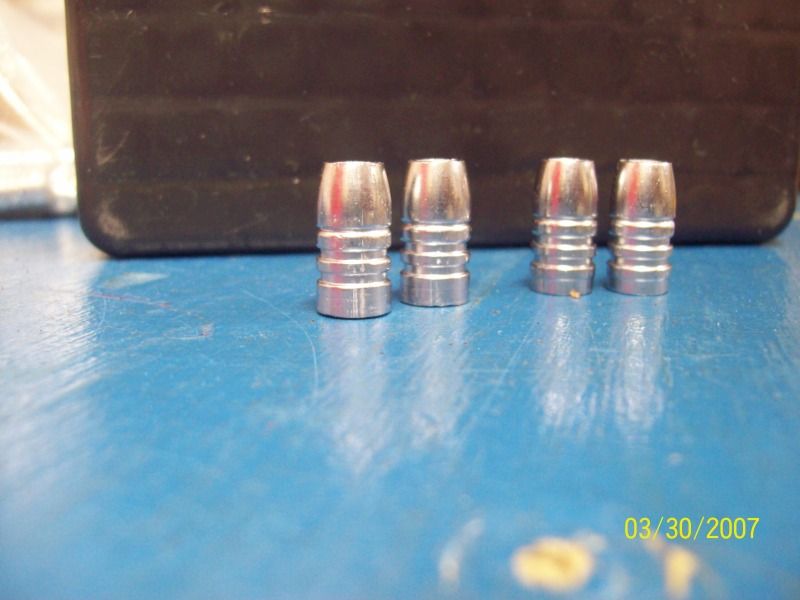Micahweeks
New member
Hey, guys. I read the sticky and think I mostly understand how to get started with the equipment. I've never done this before, so I'm comletely green, but some YouTube videos and the sticky make it seem relatively easy to pick up. I think I can handle it. I haven't made any decision on specific make/model of equipment, yet, but I want to know first about the type of rounds I want to load.
These days, I mostly shoot .357 mag. It's my go to hog/whitetail/garden varmint round, and for hunting I've almost always shot 158 grain lead hollow points or my .308 for larger game at longer range. I like the way the 158 grains shoot, and I don't have a problem knocking down what I'm shooting at. So, this is what I want to start reloading if I go through with this. Is there anything specific to reloading this type of round I should know? Brass type? Bullet type (have no idea on where to even look for bullets like this)? Primers (again, don't know much about these, either)?
Thanks ahead of time for your answers!
These days, I mostly shoot .357 mag. It's my go to hog/whitetail/garden varmint round, and for hunting I've almost always shot 158 grain lead hollow points or my .308 for larger game at longer range. I like the way the 158 grains shoot, and I don't have a problem knocking down what I'm shooting at. So, this is what I want to start reloading if I go through with this. Is there anything specific to reloading this type of round I should know? Brass type? Bullet type (have no idea on where to even look for bullets like this)? Primers (again, don't know much about these, either)?
Thanks ahead of time for your answers!
Last edited:

